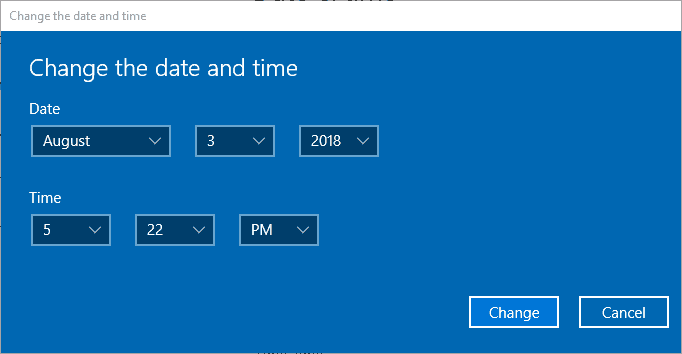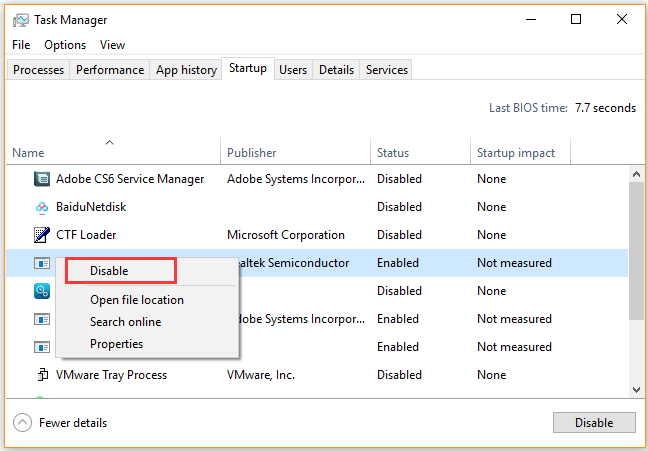
A typical L-750 length Betamax cassette that yielded about 3 hours of recording time on a Betamax VCR at its B-II Speed ( NTSC), or on PAL, only provided 30 minutes' record time on a Betacam VCR or camcorder. Betamax records relatively low resolution video using a heterodyne color recording system and only two recording heads, while Betacam uses four heads to record in component format, at a much higher linear tape speed of 10.15 cm/s (3.99606 in./s) compared with Betamax's 1.87 cm/s (0.7362205 in./s), resulting in much higher video and audio quality. In particular, the guide rollers tend to be noisy.Īlthough there is a superficial similarity between Betamax and Betacam in that they use the same tape cassette, they are really quite different formats. However, in later years Sony discouraged this practice, suggesting that the internal tape transport of a domestic Betamax cassette was not well suited to the faster tape transport of Betacam.

A blank Betamax-branded tape will work on a Betacam deck, and a Betacam-branded tape can be used to record in a Betamax deck. The original Betacam format records on cassettes loaded with ferric oxide–formulated tape, which are theoretically the same as used by its consumer market-oriented predecessor Betamax, introduced seven years earlier by Sony in 1975. This splitting of channels allows true broadcast quality recording with 300 lines of horizontal luminance resolution and 120 lines chrominance resolution versus 0.4 MHz chroma bandwidth for Betamax/VHS (~30 lines resolution left-to-right) on a relatively inexpensive cassette based format. It is an analog component video format, storing the luminance, "Y", in one track and the chrominance, on another as alternating segments of the R-Y and B-Y components performing Compressed Time Division Multiplex, or CTDM. The original Betacam format was launched on August 7, 1982.

Variants Betacam and Betacam SP Original Betacam format
#Pinnacle profiler image guide playstation move professional
In addition to improvements in video quality, the Betacam configuration of an integrated professional video camera/recorder led to its rapid adoption by electronic news gathering (ENG) organizations.ĭigiBeta, the common name for Digital Betacam, went on to become the single most successful professional broadcast digital recording video tape format in history, but now although Betacam remains popular in the field and for archiving, new tapeless digital products have led to a phasing out of Betacam products in television studio environments since 2006. The format supplanted the three-quarter-inch U-Matic format, which Sony had introduced in 1971. There is also a mechanical key that allows a video tape recorder to identify which format has been inserted.

The cassette shell and case for each Betacam cassette is colored differently depending on the format, allowing for easy visual identification. The Betacam camcorder can only load S magnetic tapes, while television studio sized video tape recorders (VTR) designed for video editing can play both S and L tapes. The cassettes are available in two sizes: S (for Short) and L (for Long). In colloquial use, "Betacam" singly is often used to refer to a Betacam camcorder, a Betacam tape, a Betacam video recorder or the format itself.Īll Betacam variants from (plain) analog recording Betacam to Betacam SP and digital recording Digital Betacam (and additionally, HDCAM and HDCAM SR), use the same shape videocassettes, meaning vaults and other storage facilities do not have to be changed when upgrading to a new format. Betacam SP L (top), Betacam SP S (left), VHS (right).īetacam is a family of half-inch professional videocassette products developed by Sony in 1982.


 0 kommentar(er)
0 kommentar(er)
